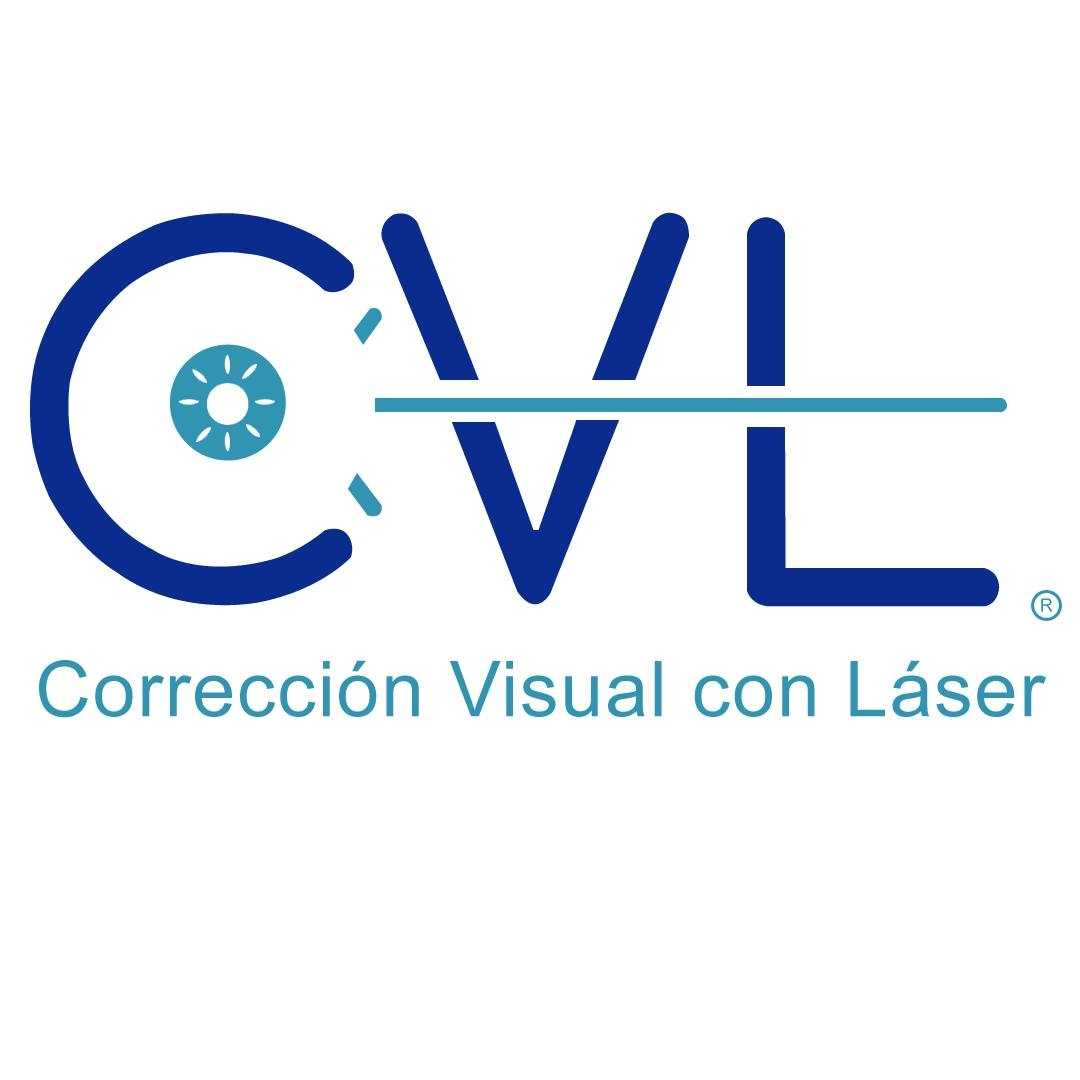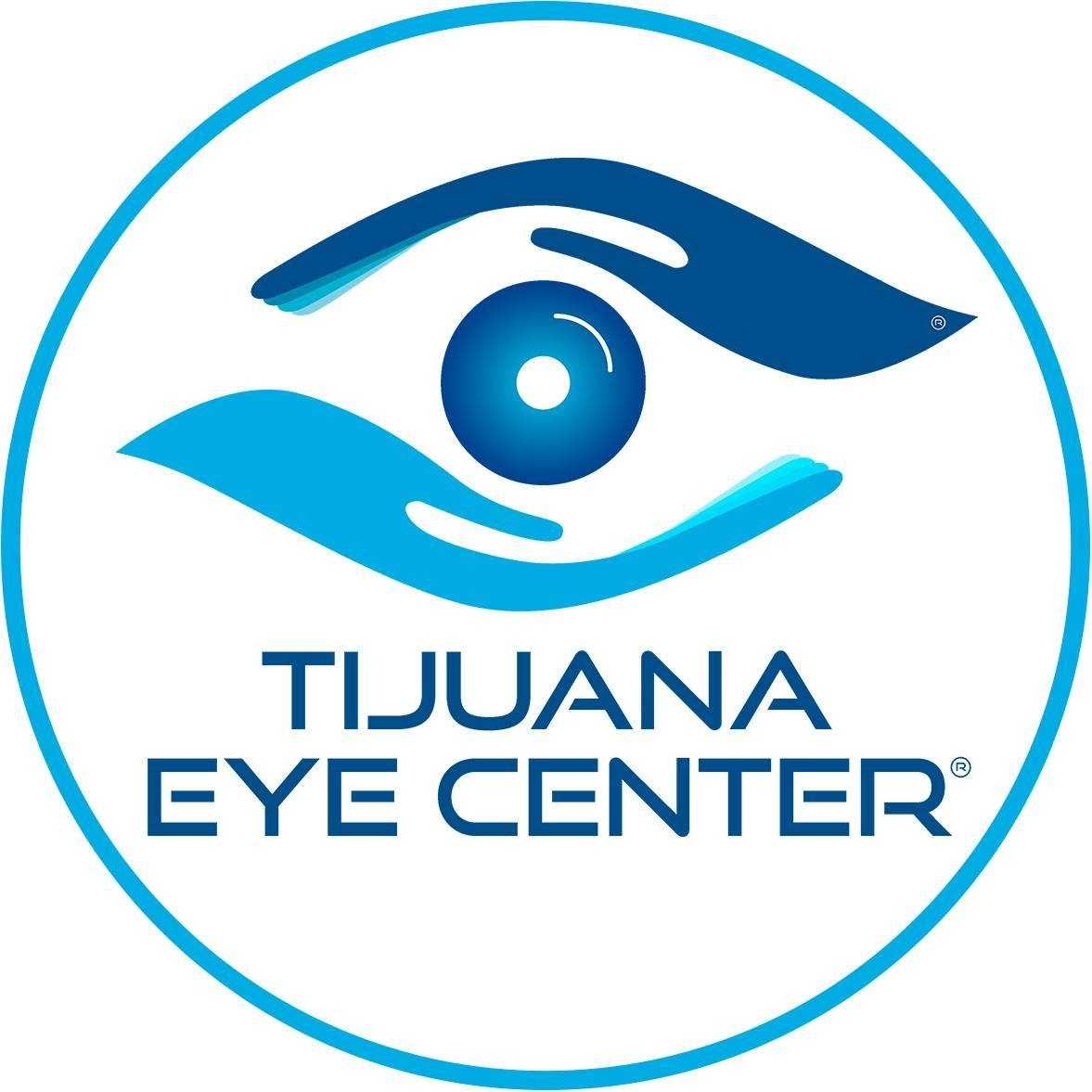
Cataract surgery in Mexico is becoming a preferred choice for patients from Texas and other U.S. border states thanks to its high quality, affordability, and convenient location. Patients gain access to advanced eye care from skilled ophthalmologists at a fraction of U.S. costs.
Cataracts, a common age-related condition, cause clouding of the eye’s lens and can severely impact daily life. Surgery is the only effective treatment, replacing the cloudy lens with a clear Intraocular Lens (IOL). For many Americans without insurance or facing high deductibles, the cost can be overwhelming, leading thousands to seek affordable, world-class care in Mexico.
Key Takeaways
-
Patients from Texas and other U.S. states can save 50% to 70% on cataract surgery in Mexico compared to U.S. costs.
-
The average cost for cataract surgery in Mexico ranges from $1,500 to $3,000 per eye, with premium lens implants costing more.
-
Top medical tourism destinations like Tijuana, Guadalajara, and Monterrey offer internationally accredited hospitals and clinics with U.S.-trained ophthalmologists.
Why Do Patients from Texas Choose Mexico for Cataract Surgery?
The close proximity of Mexico to Texas provides a convenient and accessible option for high-quality eye care, eliminating the need for long-distance travel while offering substantial cost savings.
The journey for Texans seeking medical care often begins just a short drive across the border. Cities like Tijuana, Monterrey, and Nuevo Laredo are easily accessible, making pre-operative consultations and follow-up appointments manageable. This geographical advantage, combined with world-class medical infrastructure, makes Mexico an ideal choice.
-
Significant Cost Savings: The most compelling factor is the price. A single cataract surgery can cost anywhere from $3,500 to $7,000 per eye in the U.S. for an uninsured patient, and often more with premium IOLs. In Mexico, the same high-quality procedure can be performed for as little as $1,500 to $3,000.
-
No Wait Times: Unlike some U.S. systems where scheduling an elective surgery can involve a long wait, Mexican clinics catering to medical tourists offer quick access to appointments. This means you can get the care you need on your schedule.
-
Advanced Technology: Many Mexican ophthalmology clinics are equipped with state-of-the-art technology, including femtolaser-assisted cataract surgery and a wide range of premium IOL options, such as multifocal and toric lenses.
-
Highly Qualified Surgeons: A significant number of Mexican ophthalmologists have received their training in the U.S. or Europe, hold international certifications, and are members of prestigious organizations like the American Academy of Ophthalmology.
.png)
Understanding the Cost of Cataract Surgery in Mexico
The cost of cataract surgery in Mexico is a fraction of the price in the U.S., but it's important to understand what is included in the total price and the factors that can influence it.
The affordability of Mexican healthcare is a result of lower overhead costs, including facility fees and malpractice insurance, not a compromise on quality. The final price you pay depends on several factors:
-
Type of Intraocular Lens (IOL): Standard monofocal lenses are the most basic and affordable option, restoring clear vision at a single distance. However, many patients opt for premium IOLs, such as toric IOLs to correct astigmatism, or multifocal IOLs to correct vision at multiple distances (near, intermediate, and far), reducing the need for glasses after surgery. These lenses can add to the total cost.
-
The Clinic and Surgeon: A highly reputable, internationally accredited hospital in a major city like Monterrey or Guadalajara may have slightly higher prices than a smaller clinic. The surgeon's experience and reputation also influence the cost.
-
All-Inclusive Packages: Many clinics offer all-inclusive packages for medical tourists, which can be a great value. These packages often cover the surgeon's fees, facility fees, anesthesia, the IOL, and even pre-operative and post-operative consultations. Some may also include transportation from the border or airport and translation services.
Did You Know? The Joint Commission International (JCI) and Consejo de Salubridad General (CSG) are two of the most recognized accreditation bodies that certify medical facilities in Mexico, ensuring they meet rigorous international standards for patient care and safety.
Cataract Surgery Cost Comparison (USD, Per Eye)
The Cataract Surgery Procedure: What to Expect
Cataract surgery is a quick and routine outpatient procedure that typically takes less than 30 minutes per eye, with minimal discomfort and a rapid return to daily activities.
The surgery is performed under local anesthesia, often with a mild sedative to help you relax. You will be awake but will not feel any pain. The surgeon uses a small incision to access the clouded lens.
-
Preparation: Before the procedure, your eye will be numbed with eye drops. The surgeon will conduct a final check to ensure all measurements are correct for the new lens.
-
Lens Removal: Using a technique called phacoemulsification, the surgeon uses a small ultrasound probe to break the cataract into tiny pieces, which are then gently suctioned out.
-
IOL Placement: Once the old lens is removed, a new, clear Intraocular Lens (IOL) is folded and inserted through the same tiny incision. It unfolds and is positioned securely in place.
-
Completion: The incision is typically so small that it is self-sealing and does not require stitches. A protective shield may be placed over the eye.
The entire procedure is often completed in under 20 minutes. Patients are then monitored for a short period before being allowed to go home with a companion.
.png)
Recovery and Aftercare for Cataract Patients
Recovery from cataract surgery is generally quick and straightforward, with most patients noticing a significant improvement in their vision within a few days.
The first 24-48 hours after surgery are critical for proper healing. You may experience some temporary side effects, such as mild discomfort, itchiness, or a gritty sensation. These symptoms are normal and can be managed with over-the-counter pain medication.
Key Aftercare Instructions:
-
Use prescribed eye drops as directed to prevent infection and control inflammation.
-
Wear the protective eye shield while sleeping for the first week to prevent accidental rubbing.
-
Avoid strenuous activities, heavy lifting, and bending at the waist for the first week.
-
Do not swim or use hot tubs for at least two weeks to prevent infection.
-
Avoid getting water, soap, or shampoo directly in the eye.
-
Wear sunglasses when outdoors to protect your eye from bright light and wind.
Your Mexican ophthalmologist will schedule a follow-up appointment, typically within 24 hours of the surgery, and will provide detailed instructions for your at-home care. Many U.S. patients arrange to stay in Mexico for a few days to a week to ensure proper immediate post-operative care before returning home.
Potential Risks and Complications
While cataract surgery is one of the safest and most frequently performed procedures, a small risk of complications does exist, which can be minimized by choosing an experienced surgeon.
The risk of a serious complication is extremely low, with the success rate for improving vision at around 97%. However, it is essential to be aware of potential risks, which include:
-
Infection or inflammation of the eye.
-
Swelling of the retina or cornea.
-
IOL displacement, where the new lens moves out of position.
-
Posterior Capsular Opacification (PCO), also known as a "secondary cataract," which is a common and easily treatable condition that can cause blurry vision weeks or months after surgery.
-
In very rare cases, retinal detachment or vision loss.
Expert Insight: “The risks associated with cataract surgery are minimal when performed by a skilled and experienced surgeon using modern techniques. Our protocols in Mexico are designed to ensure patient safety and achieve the best possible visual outcomes, mirroring and often exceeding standards found in the U.S.”
PlacidWay: Your Partner for Eye Care in Mexico
Navigating the medical tourism landscape can be complex, but with PlacidWay, you have a trusted partner to guide you through every step of your journey to clear vision.
PlacidWay connects you with a curated network of top ophthalmology clinics and hospitals in Mexico that specialize in treating international patients. We help you find the right surgeon and facility based on your specific needs, budget, and location.
-
Personalized Guidance: We provide a free, personalized consultation to discuss your specific case, answer your questions, and recommend a certified clinic.
-
Transparent Pricing: We offer detailed, all-inclusive packages with no hidden fees, so you know exactly what to expect.
-
Travel and Logistics Support: From organizing your travel itinerary to arranging local transportation and translation services, we ensure a seamless and stress-free experience.
-
Peace of Mind: Our network of clinics is carefully vetted for quality, safety, and patient satisfaction, giving you confidence in your choice.
Don't let the cost of care stand in the way of your vision. Explore your options for high-quality, affordable cataract surgery in Mexico.
Frequently Asked Questions (FAQs)
Is cataract surgery in Mexico safe?
Yes, cataract surgery in Mexico is very safe. Many clinics and hospitals that cater to medical tourists are internationally accredited and staffed by board-certified ophthalmologists with extensive experience. They use the same advanced technology and follow the same protocols as top U.S. hospitals.
Will my U.S. insurance or Medicare cover cataract surgery in Mexico?
Generally, U.S. insurance and Medicare do not cover medical procedures performed outside the United States. However, it is always recommended to check your specific policy, as some may offer limited coverage for emergency complications. The substantial cost savings in Mexico often make paying out-of-pocket a more affordable option.
How long do I need to stay in Mexico for the surgery?
Cataract surgery is an outpatient procedure, so the surgery itself is very quick. Most patients choose to stay in Mexico for 3-7 days to attend a follow-up appointment with their surgeon, ensuring a smooth recovery before traveling back home. PlacidWay can help arrange a suitable package for this duration.
Do the doctors and staff speak English?
Yes, in clinics that specialize in medical tourism, the doctors, nurses, and support staff are generally fluent in English. Many clinics also have dedicated international patient coordinators and translators to ensure clear and effective communication throughout your visit.
What if I have complications after returning to the U.S.?
While complications are rare, you should always discuss a post-operative plan with your surgeon. PlacidWay helps you choose clinics that have a strong reputation and are committed to patient care. In most cases, a complication can be managed by a local ophthalmologist, and your Mexican surgeon can consult with them remotely if needed. It is a good practice to share your surgical report with your local doctor upon your return.
Can I get both eyes done at the same time?
For safety reasons, it is a standard practice to perform cataract surgery on one eye at a time. The second eye is typically done a week or two later, allowing the first eye to heal and to assess the visual outcome before proceeding with the other eye. This minimizes risk and ensures the best results.
Request a Free Consultation and Quote
Ready to explore your options for clear vision? Contact PlacidWay today for a free, no-obligation consultation.









.png)







Share this listing